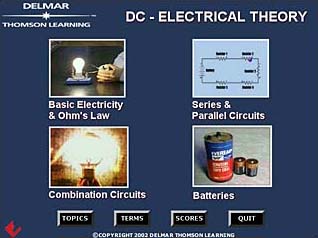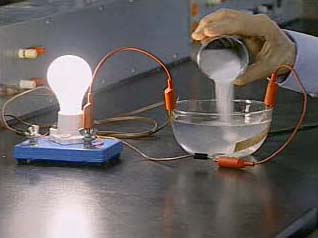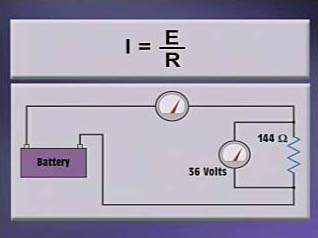Electricity: Electrical Theory - DC

- Product ID
- dlmretdc
- Training Time ?
- 110 to 220 minutes
- Language(s)
- English
- Video Format
- Standard Definition
- Required Plugins
- MasteryNet Player
- Lesson Interactions
- 14
- Quiz Questions
- 40



This training serves as a perfect introduction (or supplement) to understand the fundamental DC concepts. Training provides detailed explanations of Ohm’s Law, the theory underlying operation of series/parallel circuits and combination circuits, plus the use of batteries and small sources of electricity. Safety is strongly emphasized. The blend of theory, electrical formulas, calculations,and entertaining historical information captivates learners and stimulates interest in the study of electricity/electronics basics. Graphics and animations provide realistic examples of abstract DC concepts and mathematical theories at work.
![]() This course is in the Advantage™ format, to read about Advantage™ features click here.
This course is in the Advantage™ format, to read about Advantage™ features click here.

- Rich multimedia presentation with interactions and quiz
- Print certificate and wallet card
- You have 30 days to complete the course
Any future or current electrical technicians and technologists.
- Basic Electricity and Ohm's Law
- Series and Parallel Circuits
- Combination Circuits
- Batteries and Small Sources of Electricity
-
Understand basic electricity and Ohm's Law.
- Discuss the structure of atoms.
- Explain the difference between conductors and insulators.
- Discuss common electrical quantities.
- Determine answers to Ohm's Law questions.
-
Understand series and parallel circuits.
- Give the definition of a series circuit.
- List rules for series circuits.
- Define parallel circuits.
- List rules for parallel circuits.
- Determine electrical values in series and parallel circuits.
-
Understand combination circuits.
- Determine electrical values in series and parallel circuits.
- State the rules for parallel circuits.
- Determine the current path(s) through a combination circuit.
- Determine the total resistance of a combination circuit.
- Determine voltage drops across elements of a combination circuit.
-
Understand batteries and small sources of circuits.
- Discuss conduction in liquids.
- Define primary and secondary cells.
- Discuss charge rate for batteries.
- Discuss different types of cells.
- Discuss other small sources of electricity.
© Mastery Technologies, Inc.



